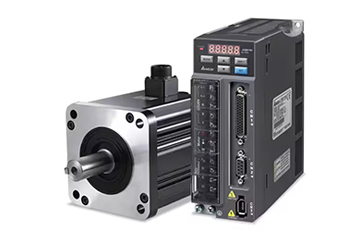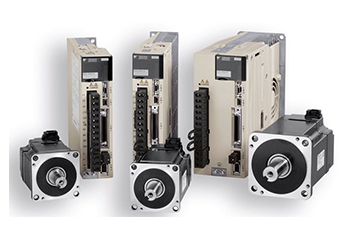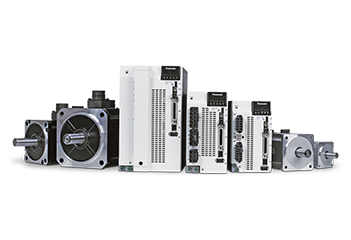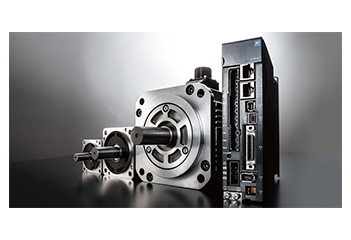Servo Motor & Drives
Servo motors drive are critical in machinery that needs intricate position control, such as conveyor belts, robotics, camera focus, and automation amongst others. Servo Motors can be broadly classified as simple electric motors which are controlled for specific angular rotation with the help of an added servo mechanism. They are fundamentally a combination of various electronic parts, including the well-known DC and AC motors. They are operated in a closed loop mechanism which registers its position feedback to control its rotational speed.
A servo motor drive can also be coined as an amplifier due to its ability to take the control signals from all the controllers and amplify it to give out a certain amount of the voltage and current of the motor. Servo motor drives are commonly used in functions such as robotics, automation, CNC machining, and even in the processes of manufacturing semiconductors.

When picking a servo motor, here are some key factors to keep in mind to make the most of your decision:
- Estimating the Required Voltage – The point to be kept in mind is that servo motors are available according to different power requirements. Servos are available in markets in 100 VAC, 200 VAC, and 400 VAC models and are compatible with single-phase or three-phase power.
- Determine the Application Profile – For equipment that carries out a repetitive operation, users should estimate the required motor speeds throughout the cycle or process. Be sure to estimate acceleration and deceleration time correctly. For non-repetitive operations such as milling, ascertain the peak speed and acceleration needed for the application.
- Estimating the Torque – The torque can be explained as the “muscle” it needs to rotate a mechanism and comes from three clear sources: acceleration of the mechanism’s inertia, friction, and outside forces such as pressing against an object or gravity.













